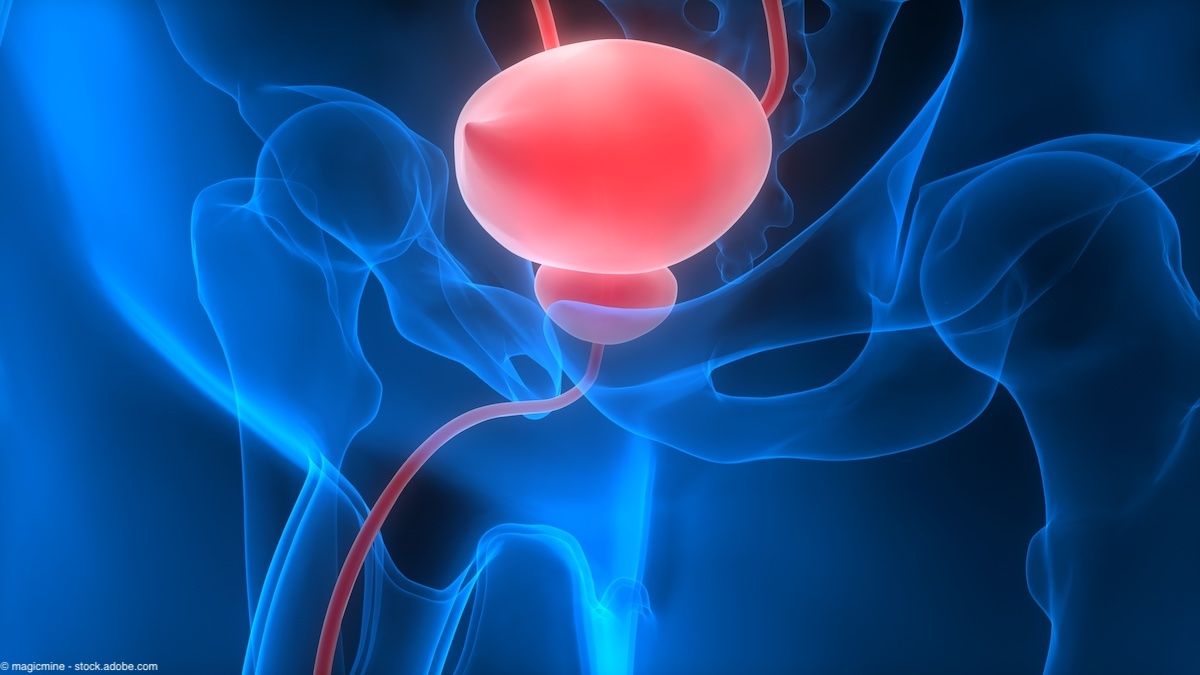Commentary
Video
Study finds overtreatment of presumed UTI in pediatric patients with spina bifida
Author(s):
“What we found was that pyuria, or the incidence of white blood cells in the urinalysis, was a big driver for treating patients with antibiotics,” says Briony K. Varda, MD, MPH.
In this interview, Briony K. Varda, MD, MPH, highlights the background and key findings from the study, “Antibiotic Overtreatment of Presumed Urinary Tract Infection Among Children with Spina Bifida,” for which she served as the lead author. Varda is a pediatric urologist, the co-director of the spina bifida program, and the director of clinical research at Children’s National Hospital in Washington, DC.
Video Transcript:
We wanted to know for our spina bifida patients that presented to the emergency room, how many of them were treated for a urinary tract infection when they didn't meet diagnostic criteria for a urinary tract infection. This is based on the idea that there are different criteria for a UTI in patients who self-catheterize. Specifically, these patients need to have 2 or more urologic symptoms, they need to have more than 10 white blood cells in their urinalysis, and they need to have a urine culture that grows greater than 100,000 of a single bacteria. In many instances, our patients were being treated, and not meeting all 3 criteria. So, we looked at the rate of that occurrence.
In short, 80% of our patients who received antibiotics were overtreated. What we found was that pyuria, or the incidence of white blood cells in the urinalysis, was a big driver for treating patients with antibiotics. But many of those patients would end up having negative cultures later, or they wouldn't have symptoms and were treated simply for the white blood cells in the urine. So, that was an important finding. Then the second aspect of this is that we found that patients who were non-White were more likely to be overtreated, which made us concerned about the thoroughness of symptom elicitation, and just relying on testing rather than connecting with the patient and understanding their concerns. We also found that headache was not associated with a UTI, which I think in some patient populations, such as spinal cord population, it can be associated. But it's important to note that our spina bifida patients are different and headache wasn't a predictor of a true UTI. So, overall, our patients were overtreated at a very high rate, and certain patients were overtreated in comparison to others.
This transcription has been edited for clarity.

Is video-based research feasible for pediatric urology visits?

Pediatric urinary microbiome composition is associated with recurrent UTI















